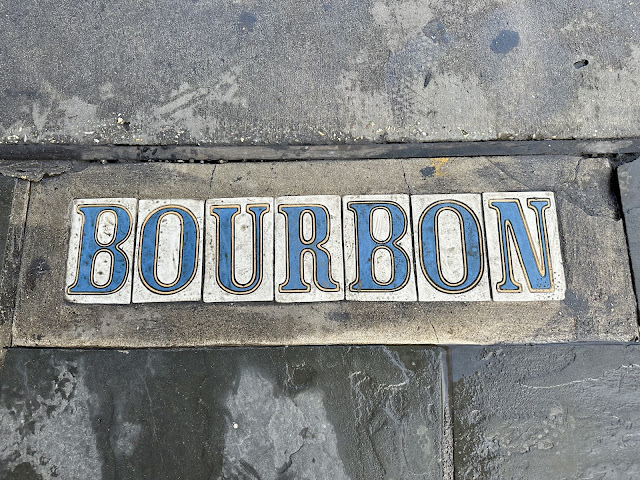Not an investment guru nor paid financial advisor. Just interested amateur who is convinced No One Really Knows what is going to happen. The stock market often surprises me with its ongoing changes. Stock market is driven more by investor psychology/feelings than statistics or data. Made more sense once figured that out.
Building wealth is making good consistent decisions to save and invest steadily while avoiding debt. Very few lottery winners have their windfalls 10 years later, spending wildly and taking high investment risks. Like they felt guilty having wealth.
The S&P 500 is up ~17% this year after a ~10% drop in the 4thquarter of 2018. The ongoing economy expansion is over 10 years old, but has only grown ~2% a year. Hardly the sign of a stock bubble. Bubbles follow 100% growth over 2 years. Market volatility has been increasing over the last year. The Federal Reserve is concerned about the slowing economy, and no longer raising interest rates.
The average is recession show up every 3 years, so expect a 10% - 20% stock recession in next 1-3 years. However the stock market may be slowing, but could still grow another 10% this year. What is an investor to do?
Choose to reduce the percentage of stocks in my 401K by 20%. A 60%/40% or 80%/20% stock to bond ratio could be dangerous to your principle. Lower interest rates benefit bond funds and reduce 401K volatility.
Jared Dillian, Mauldin Economics, (who I subscribe to) has proposed a 35/55/3/3/4 Portfolio which performs well with 80% less risk. He describe it below:
- 35% in equities invested in stocks with growing dividends, across all sectors.
- 55% in fixed income split between Treasuries (including TIPS), corporates, mortgages, municipal bonds, and a handful of international bonds.
- 3% commodities, 3% gold, and 4% REITs.
The blended yield of this portfolio is probably around 3 to 3.5%.



